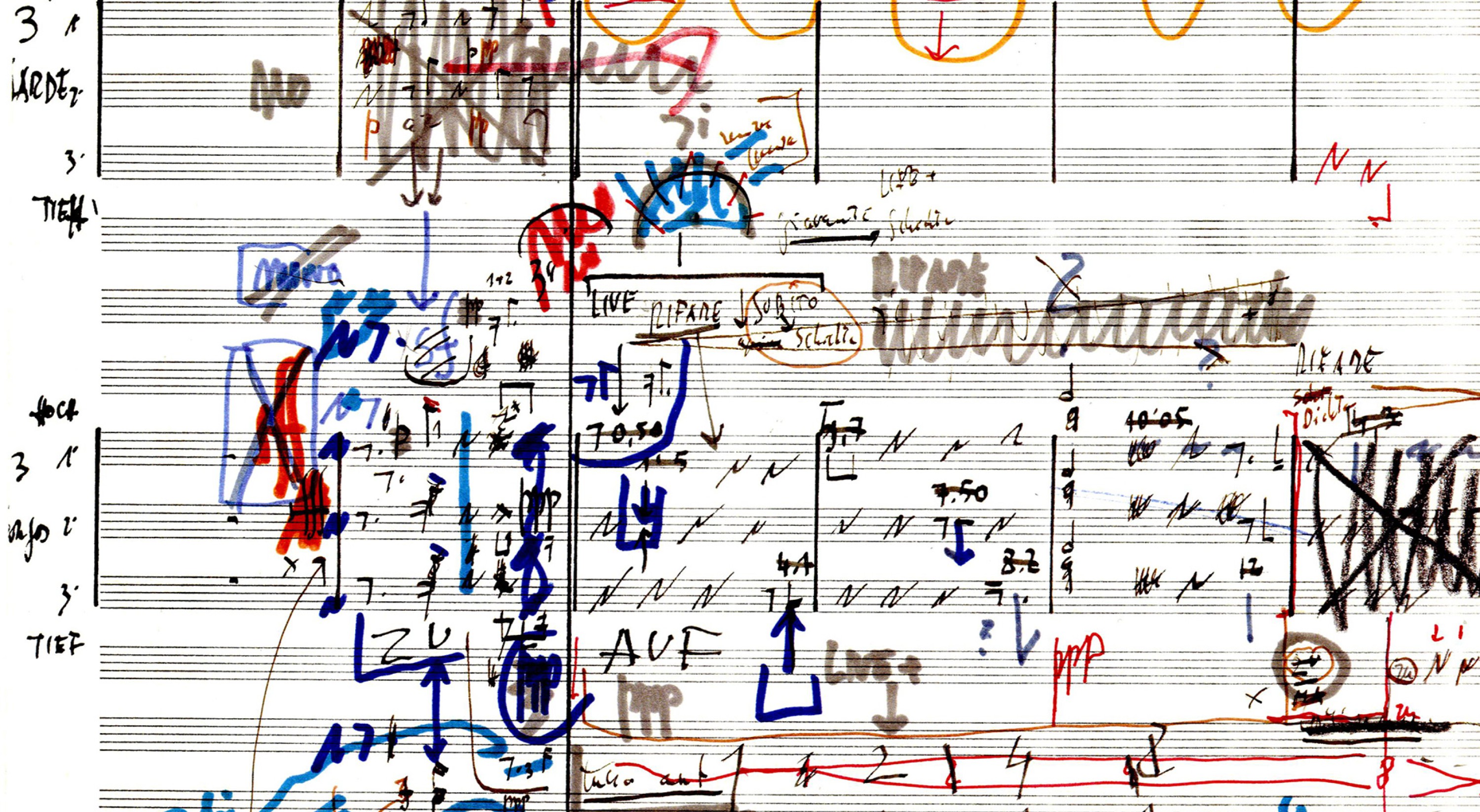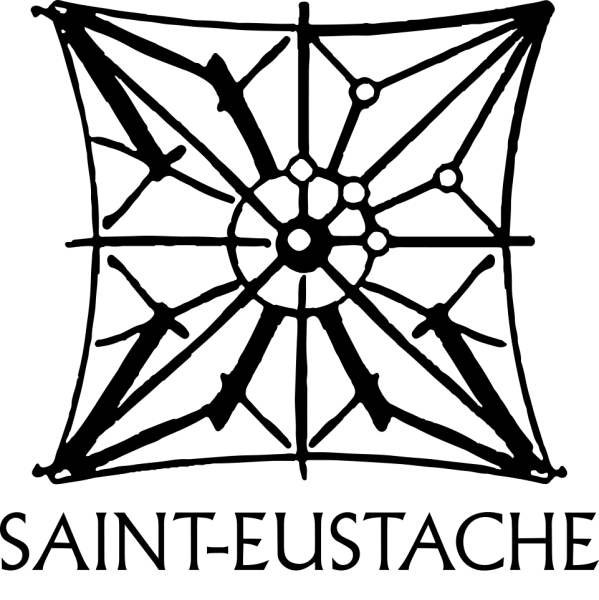Luigi Nono / Karlheinz Stockhausen / Wolfgang Rihm / Julien Jamet
« Hay que caminar » sognando, Rotary Quintet...
octoberoct 9
octoberoct 9
18h45:
Luigi Nono, “Hay que caminar” sognando for two violins
Karlheinz Stockhausen, Rotary Quintet
20h15:
Wolfgang Rihm, Abgewandt 2. Musik in memoriam Luigi Nono (3. Versuch) for ensemble
Julien Jamet, Difference is Spreading for ensemble
world première, Commission: Musikfabrik and Festival d’Automne à Paris
Luigi Nono, Risonanze erranti. Liederzyklus a Massimo Cacciari for three soloists, six percussionists and real time electronics
Noa Frenkel, contralto
Ensemble Musikfabrik
Enno Poppe, conductor
Electronic Music Studio, Hochschule für Musik, Cologne (HfMT) – Michael Beil, sound projection, Marcel Schmidt, sound projection
Joint production: Opéra national de Paris and Festival d’Automne à Paris
With the support of Mécénat Musical Société Générale, the Ernst von Siemens Foundation for Music, and the Arts Foundation of North Rhine-Westphalia
The title of the last composition by Luigi Nono – “Hay que caminar” sognando – comes from a message which he had seen written on a wall in Toledo in the 1980s and promptly adopted as the verbal expression of his music. The original was: Caminantes, no hay caminos, hay que caminar. “Travelers, there are no paths, you have to walk.” Or to quote Antonio Machado, the poet who inspired the message in Toledo:
Caminante, son tus huellas
el camino y nada más;
caminante, no hay camino,
se hace camino al andar.
Traveler, your footprints
Are the path and nothing more;
Traveler, there is no path,
Walking makes the path.
The traveling along the path of life which forms our existence is extended over the course of one concert held at two venues.
In Risonanze erranti (Wandering Resonances), Nono weaves excerpts from Herman Melville’s war poems and isolated expressions of despair by Ingeborg Bachmann with references to musical masters of the past – Guillaume de Machaut, Johannes Ockeghem and Josquin des Prez – studied with Bruno Maderna. Sounds wander through space, and the musicians adapt to the space.
The work of Karlheinz Stockhausen is also defined in space: the musicians performing Rotary Quintet take up positions around the audience, then shift, in a circular movement, as if it were the changing of the seasons, the days of the week or the hours of the day, rotating to express a cycle, a parallel to the life cycle or the revolutions of heavenly bodies.
Abgewandt 2. Musik in memoriam Luigi Nono (3. Versuch) is part of a series of five interdependent, interwoven works by Wolfgang Rihm who has chosen to address Luigi Nono as a myriad being, an archipelago or a labyrinth, rather than in linear form. Wandering is an intrinsic part of the work, with constantly changing lighting determined by the accumulation of layers of the work.
Julien Jamet, a French composer and student of Johannes Schöllhorn and Gérard Pesson, has, for his first concert at the Festival d’Automne à Paris, etched figures which initially seem to be perceived through listening, but are then transformed into a range of delicate variations (perhaps reminiscent of the style of Morton Feldman), not inflexible variations, but in shifts and transitions connected to the initial figures
See also

